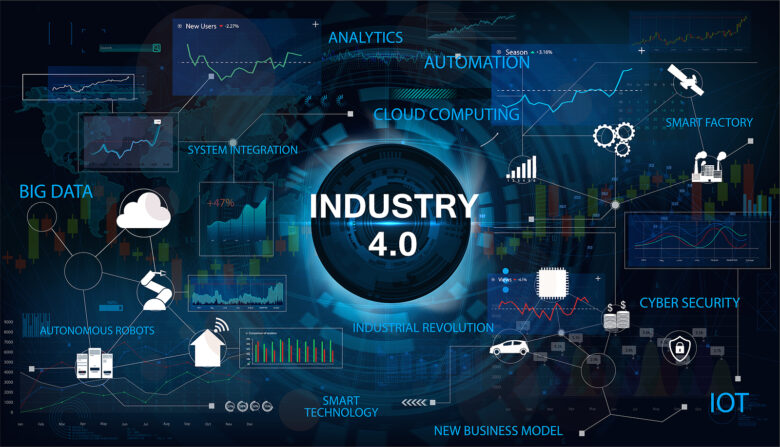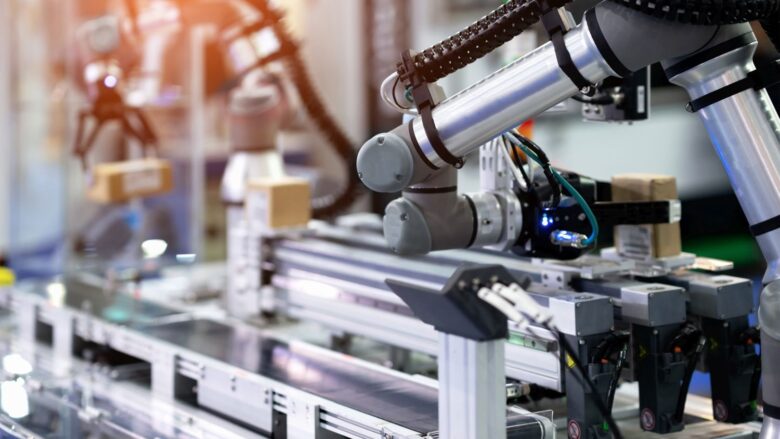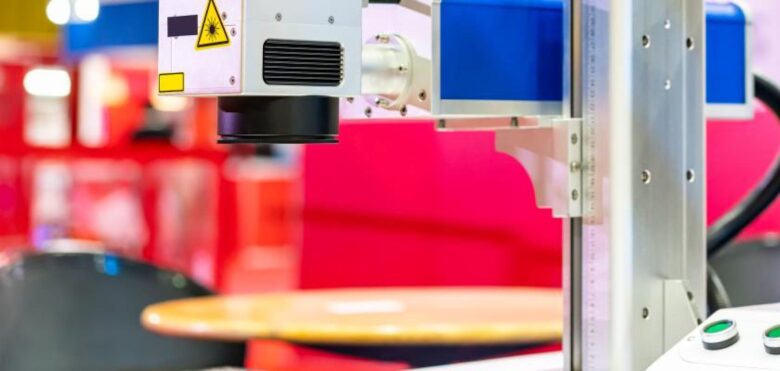The wave of technology and innovation continues to surge across industries, transforming the status quo. The marking and industrial sectors are no exception, boasting advancements that have shaped the modern industrial world.
Contents
A Paradigm Shift in Marking Systems
Throughout history, marking systems have found extensive use in various industries, facilitating processes such as identification, traceability, and quality control. The onset of advanced technologies, however, has spurred a paradigm shift in the marking systems landscape. Notably, the introduction of laser marking has revolutionized the way we imprint high-quality marks on a plethora of materials, including metal and plastic.
This technique’s inherent precision and resilience, coupled with its ability to deliver permanent marks, make it an ideal solution for a myriad of industrial applications. For an expansive guide that delves into the intricacies of plastic marking, check out Lasit Laser’s comprehensive resource on laser marking for plastic.
The Dawn of Industry 4.0: The Rise of Mass Customization

Source: flextrades.com
The Fourth Industrial Revolution, colloquially known as Industry 4.0, has set the stage for unprecedented industrial transformations worldwide. A distinct shift from mass production to mass customization has come into focus, spurred by increasing consumer demand for personalized products, technological breakthroughs, and the pursuit of more streamlined production processes.
Laser marking technology, with its high adaptability, stands at the forefront of this trend. Its capacity to make swift modifications in marking content without necessitating retooling marks it as an essential tool for industries aiming to provide a significant level of product personalization.
Envisioning the Future of the Marking and Industrial Sector
As we ponder the future of the marking and industrial sector, it’s evident that the journey ahead will be shaped by the pursuit of greater precision, efficiency, and customization.
Technologies such as artificial intelligence and machine learning present exciting prospects, hinting at the onset of smart manufacturing. With these technologies, we can anticipate an era where production processes are highly automated, flexible, and efficient. In the context of marking systems, they could unlock innovative capabilities like real-time quality control and predictive maintenance.
It’s clear that we’re on the cusp of an exciting era in the marking and industrial sector, characterized by significant growth and innovation. The demand for efficient, precise, and versatile marking systems like laser marking will continue to surge, propelling the industry into an exhilarating future teeming with technological advancements.
The Role of Automation and Robotics

Source: rockwellautomation.com
One of the key drivers of change in the marking and industrial sector is the increase in automation and the use of robotics. Automation technology has already revolutionized the sector by reducing the need for manual input, improving precision, and allowing for 24/7 operations. In the near future, we can expect automation to be used even more widely. More advanced robots will have the ability to perform complex tasks with high accuracy, further reducing the need for human intervention.
Moreover, the integration of robotics with AI and machine learning will bring about intelligent automation. This would allow for self-optimizing systems that can learn from their operations and continuously improve. With advanced sensors and connectivity, these systems will be able to monitor operations in real-time and make instantaneous decisions, leading to unprecedented levels of efficiency and productivity.
The emergence of Smart Materials
The future of the marking and industrial sector is not only about machines but also about materials. The rise of smart materials, which can change their properties in response to external stimuli, opens up new possibilities for industrial processes and product design. For instance, self-healing materials could dramatically extend the lifespan of products and reduce maintenance requirements.
Sustainability Considerations

Source: sellickpartnership.co.uk
In an increasingly environmentally-conscious world, the marking and industrial sector will have to adopt more sustainable practices. This could mean using energy-efficient machines, adopting cleaner production processes, or using materials that are recyclable or less harmful to the environment.
3D Printing and Additive Manufacturing
3D printing, also known as additive manufacturing, is another technology set to reshape the marking and industrial sector. It allows for rapid prototyping, customization, and production of complex designs that are difficult to achieve with traditional manufacturing methods. As this technology continues to mature, it will become a more integral part of the manufacturing process.
In conclusion, the future of the marking and industrial sector is certain to be shaped by a variety of technological innovations. But, alongside the technological evolution, other factors such as sustainability and the drive for increased customization will also play a pivotal role. As we forge ahead into this dynamic future, it will be fascinating to see how these trends unfold and intersect. The sector, as we know it, is on the brink of transformation, offering a plethora of opportunities for those willing to adapt and innovate.
Looking Ahead

Source: lasersystemseurope.com
The marking and industrial sector has shown remarkable resilience in the face of challenging economic times, with the global industrial automation market expected to grow from $157.04 billion in 2020 to $194.57 billion by 2025, at a CAGR of 4.3% during the forecast period according to MarketsandMarkets research. This indicates that despite hurdles, the sector is keen on adopting technology to drive growth and efficiency.
Laser marking systems, a significant segment of this sector, is also projected to grow substantially. According to a report from Grand View Research, the global laser marking machine market size was valued at $2.6 billion in 2020 and is expected to expand at a compound annual growth rate (CAGR) of 6.6% from 2021 to 2028. The continued adoption of these systems across various industries including automotive, aerospace, and medical, is testament to their advantages such as high precision, speed, and adaptability to varying design requirements.
Furthermore, the shift towards sustainable manufacturing and operations will drive further innovation in the sector. An increase in environmental regulations and consumer demand for eco-friendly products are pushing industries to reduce waste, minimize energy use, and seek out renewable and recyclable materials.
The rapid advancement and integration of technologies like AI, machine learning, and IoT into industrial operations point towards an increasingly interconnected and smart future. A report by PwC suggests that by 2030, AI could contribute up to $15.7 trillion to the global economy, with much of this growth being driven by productivity gains and enhanced consumer experiences.
In conclusion, the marking and industrial sector is poised for exciting times. While the road ahead will undoubtedly present challenges, the industry’s willingness to adapt and innovate will be key in navigating this dynamic landscape. Leveraging new technologies, sustainable practices, and the demand for greater customization and efficiency, the sector is set to transform dramatically, opening up numerous opportunities for growth and development. The future, indeed, looks promising.
